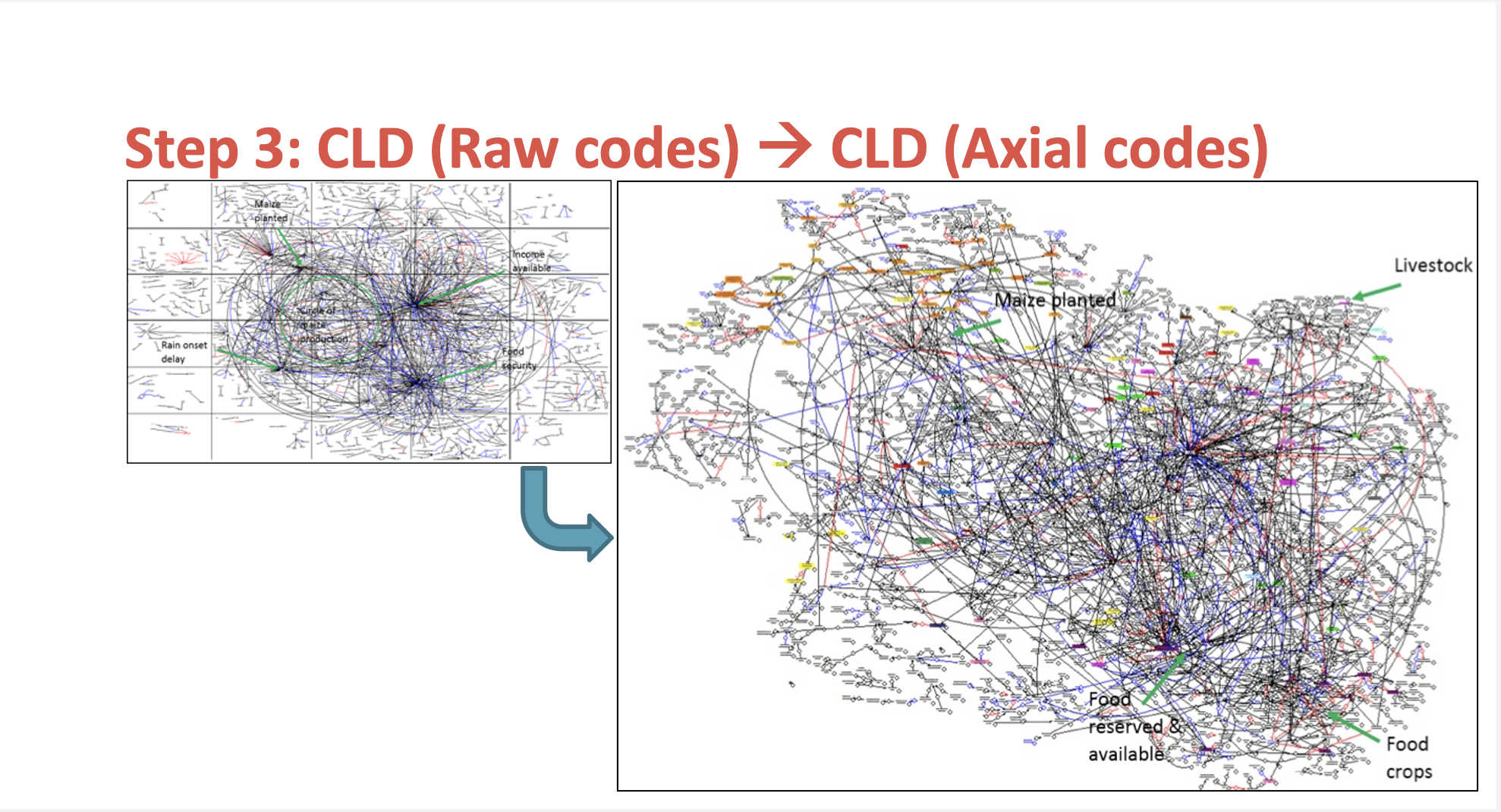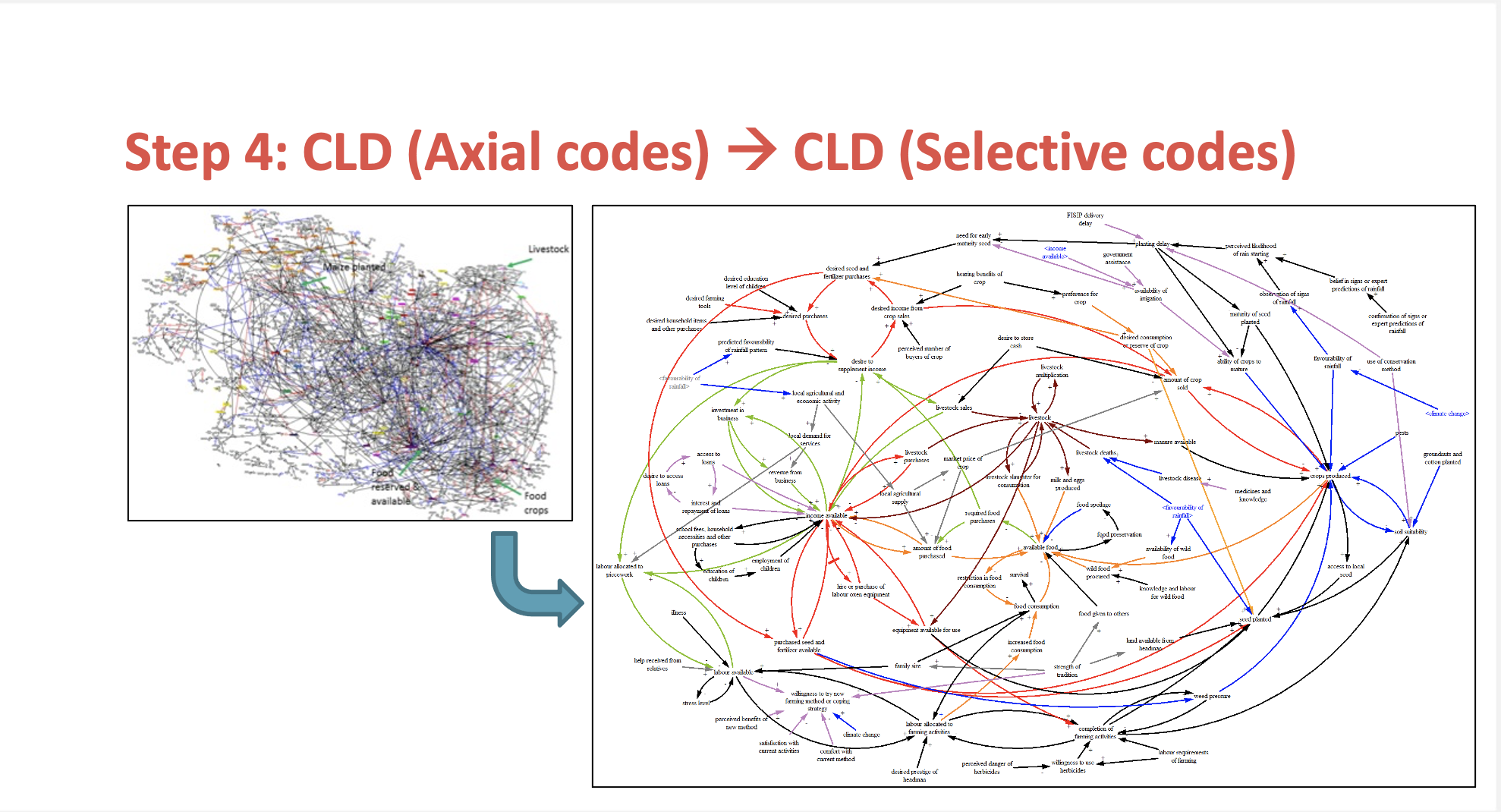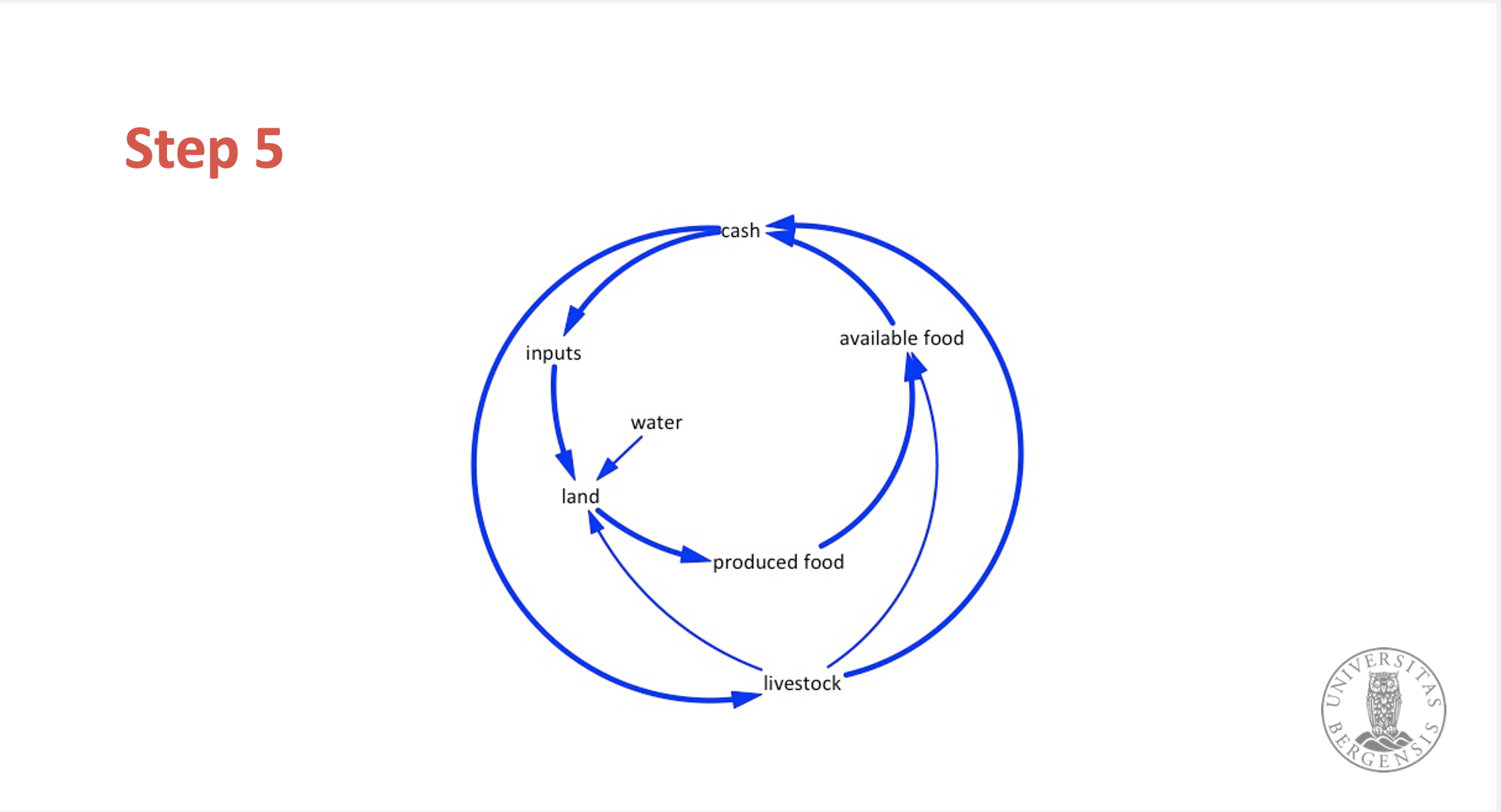In terms of dynamic decision making on the small-scale farm household level, we are particularly interested in
- investigating small-scale farmers’ perceptions of the food system
- identifying the drivers of decisions made by small-scale farmers in the food system
- deriving factors to consider when designing policies targeting small-scale farmers
Early on in a project funded by the Norwegian Research Council, we did some pilot interviews with small-scale farmers in Central Region, Zambia.
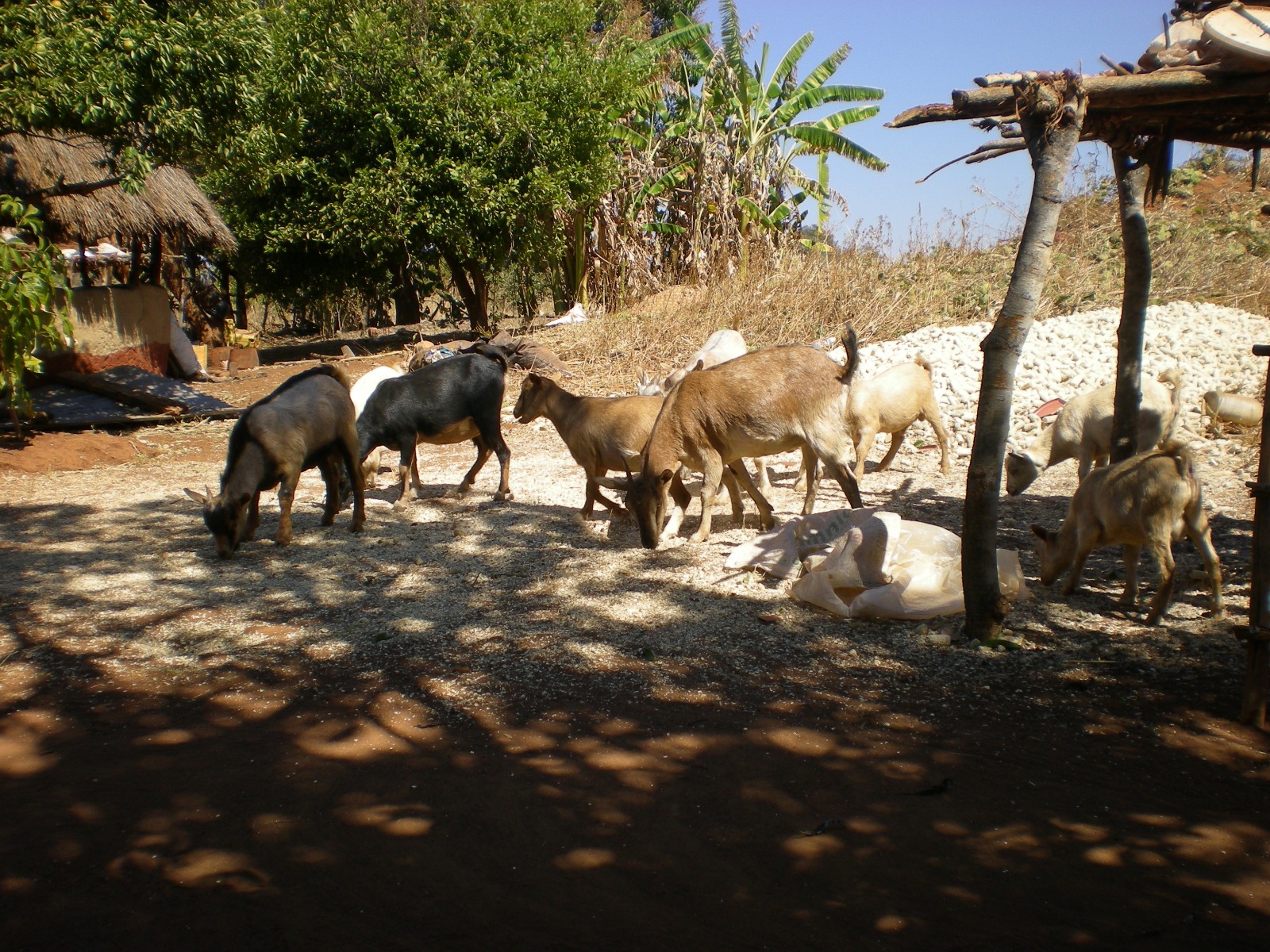
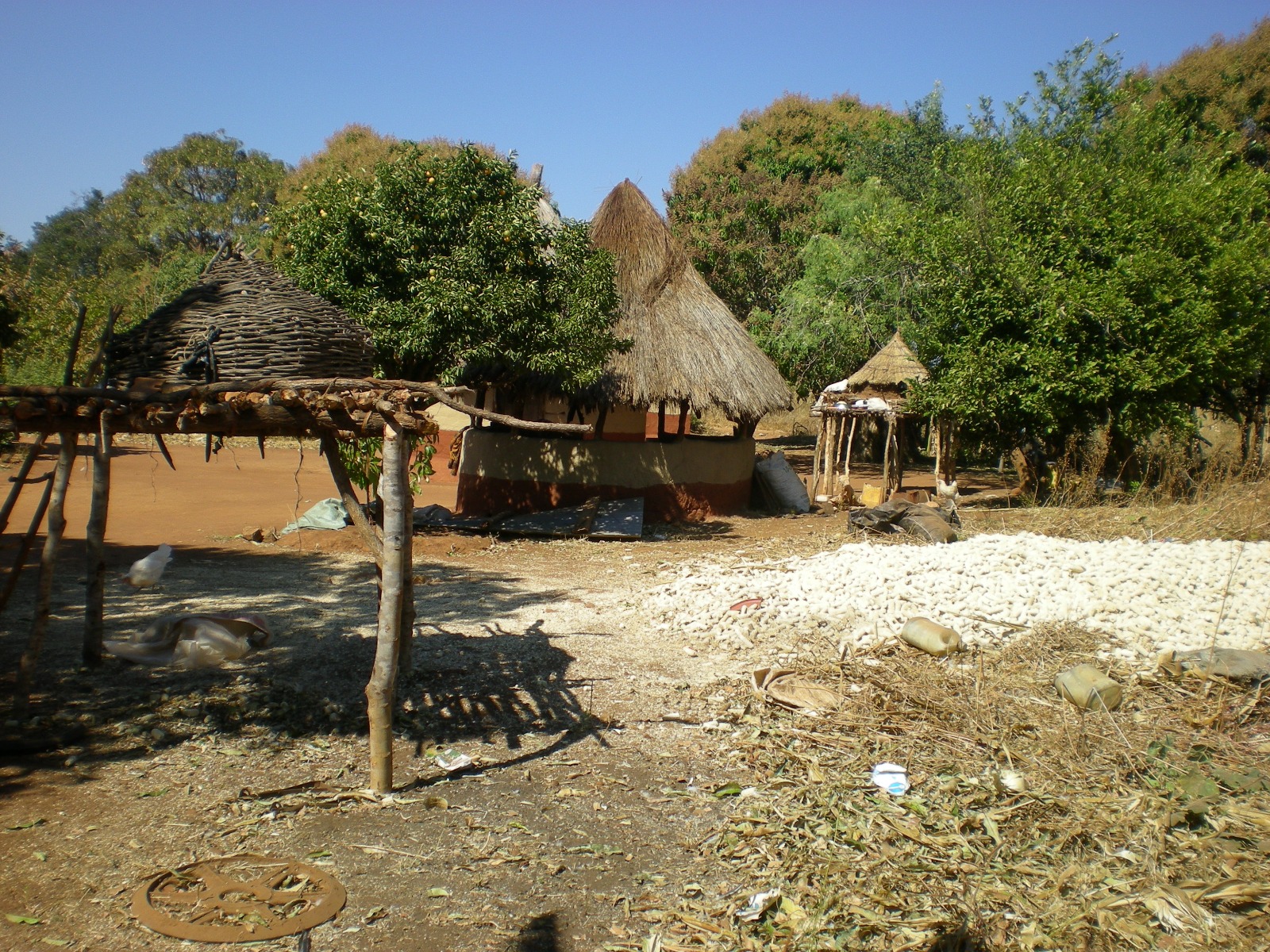

Right after the field trip to Zambia, Maria Saldarriaga traveled on to the 31st International Conference of the System Dynamics Society and presented a preliminary analysis of the interviews. She and Progress Nyanga from the University of Zambia, our wonderful research partner in Zambia, then refined the interview guide and hit the field for a total of 20 in-depth interviews at the end of 2013. They found an intriguing way for talking about farmers’ decisions throughout a year, the determinants of these decisions and the outcomes of the decisions:
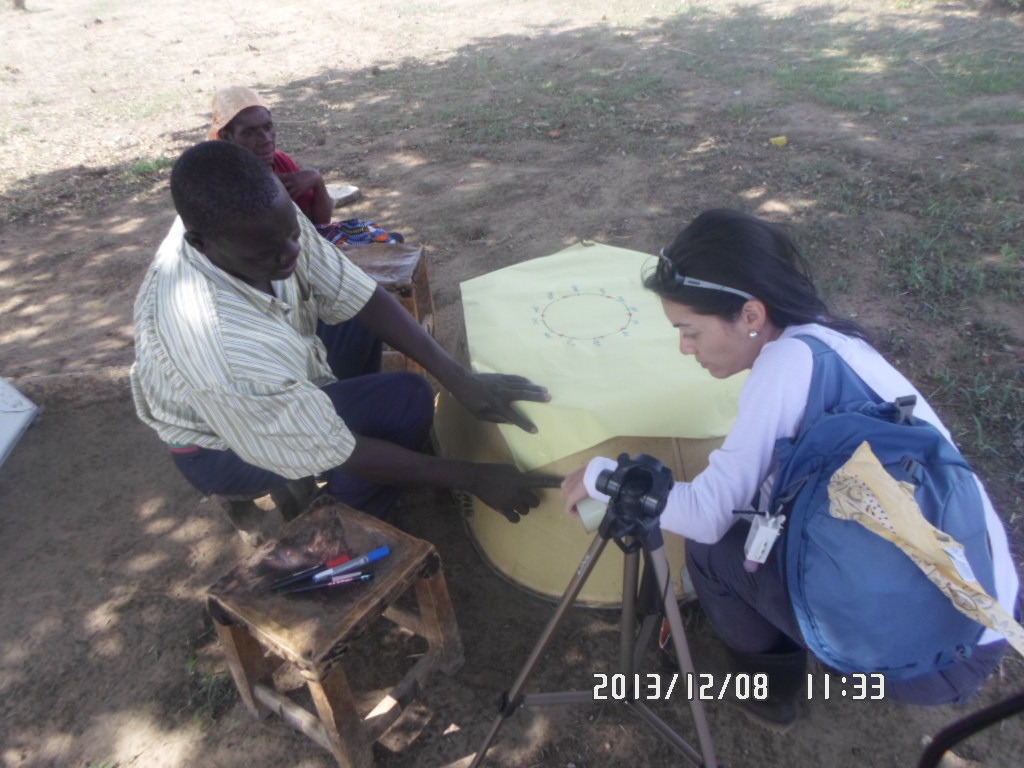


These interviews ended up generating an enormous amount of information that we are using in two ways:
- We analyzed the knowledge described in these interviews in fine-grained fashion to identify and track categories of knowledge and to develop theories of such knowledge. This is ongoing work but a preliminary analysis can be found here. This type of analysis provides us with a very rich description of small-scale farmers’ perceptions of the food system and it helps us identify the drivers of the decisions that they make throughout the year and over the years in response to changing framework conditions and climate change.
- In a somewhat parallel step, Jacynta Spicer spent her master thesis translating the verbal protocols (i.e. the translated interview transcripts) into causal loop diagrams. This type of analysis helps us derive factors to consider when designing policies targeting small-scale farmers.
This is what the progression of the translation into causal loop diagrams looks like. More information can be found in Jacynta’s thesis and System Dynamics Conference paper.
- First step: an enormous mess. These are all the variables mentioned by farmers and allthe links between variables that they describe. Terrible modeling practice showing this diagram – but it serves one purpose: to demonstrate the incredible richness of farmers’ decision making!
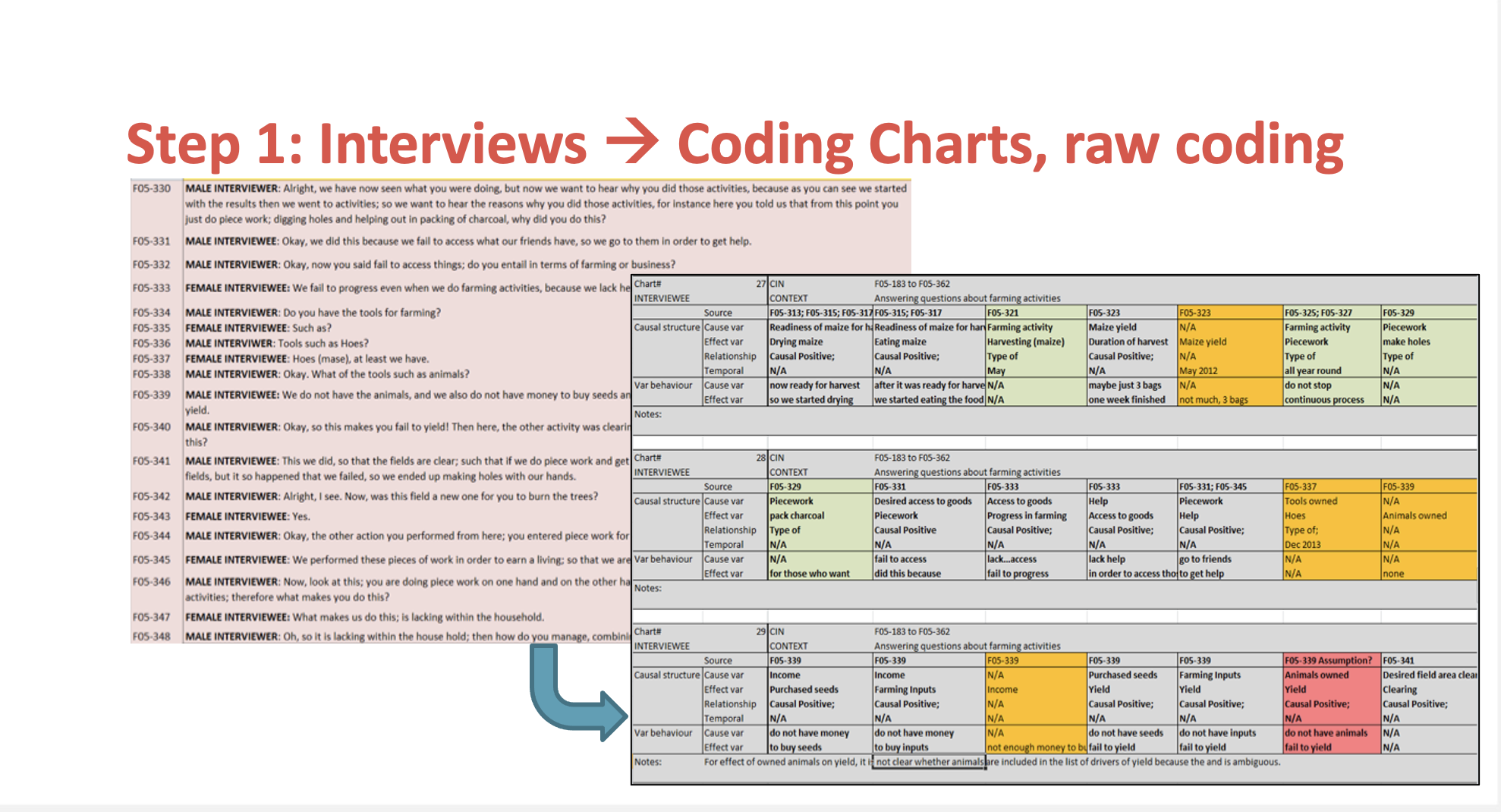
- Second step: some simplification. Still way too crowded.
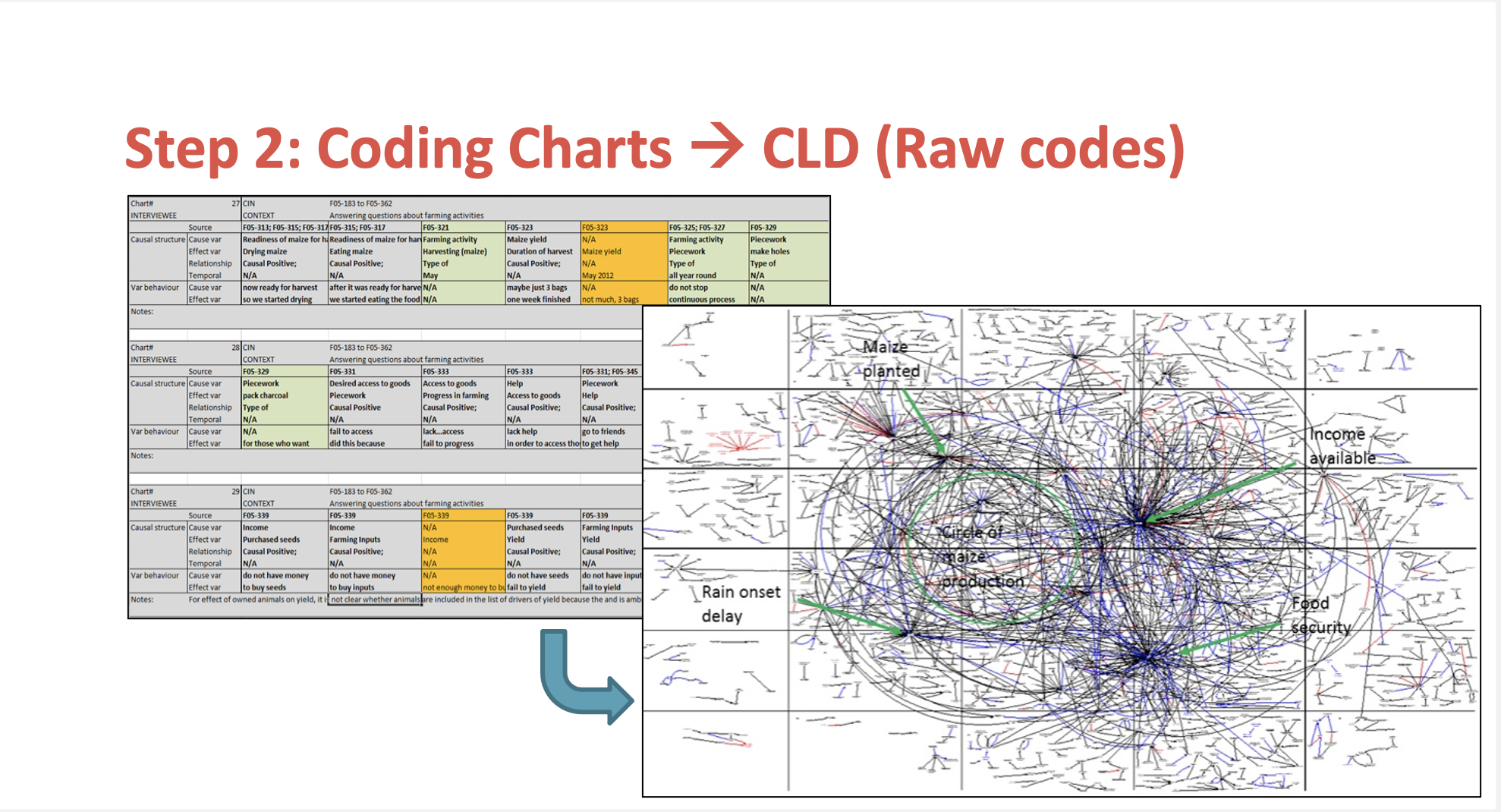
- Third, fourth and fifth step: more simplification. Stories start to emerge. Piecework, for example, might only add to income in the short run but deplete it in the longer run.
